How Your Desire To Ride Elephants Is Fuelling A Cruel Trade
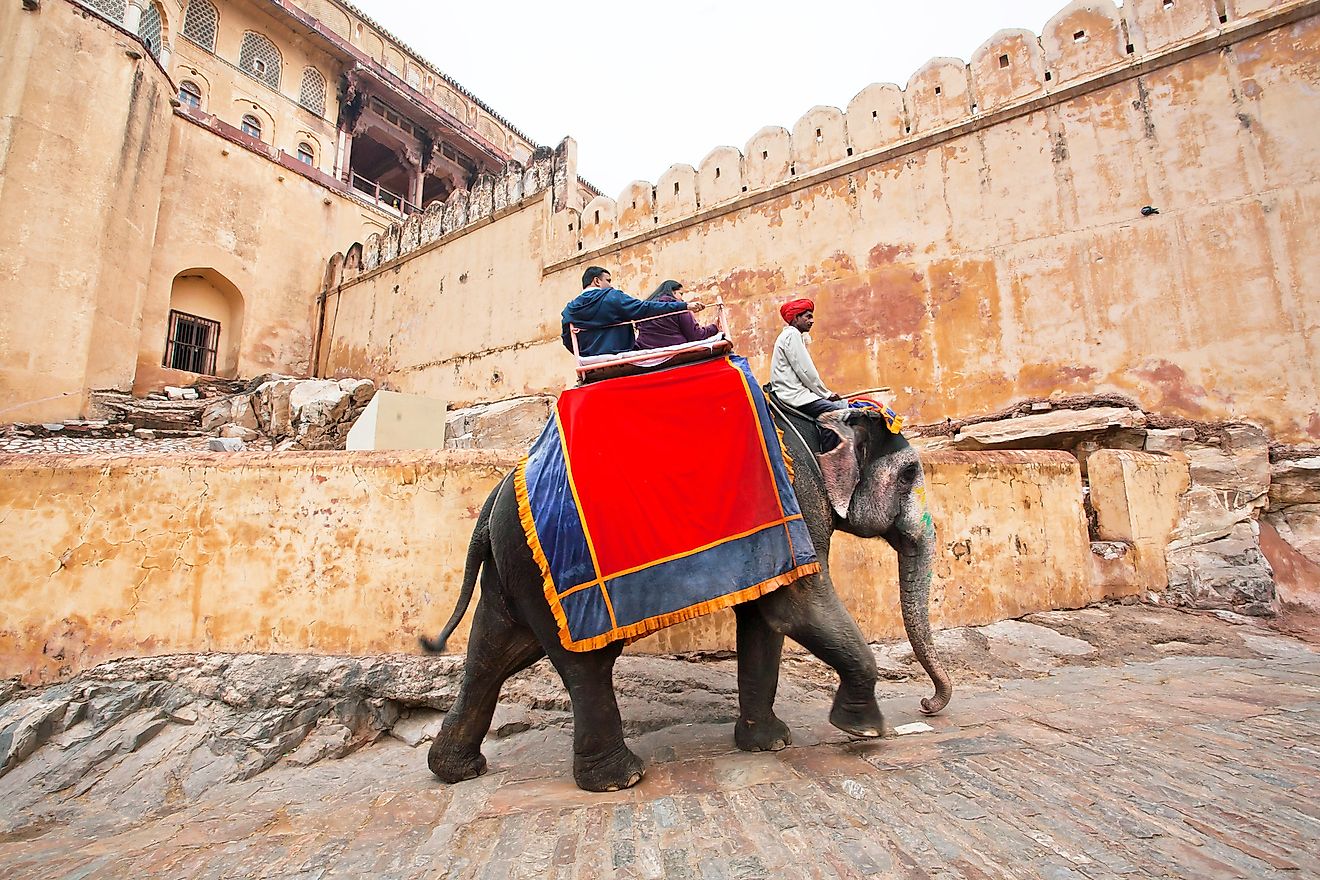
Elephants, the giants of the animal world, have always inspired our awe. Their towering heights, immense might, superior wisdom, and gentle nature have made them objects of great admiration. So, when offered to interact up close and personal with one of their kind, most people would grab the rare opportunity. Whether we ride them, feed them, or bathe them, every moment we spend with them becomes precious. However, in our joy we forget to spare a thought for those who are giving us this pleasure: are the elephants enjoying it as well? According to the animal rights activists, NO, they are not. Our actions are just fuelling an industry that exploits and tortures these gentle giants and subjects them to a lifetime of pain and misery.
With the help of Wildlife SOS, a non-profit associated with the rescue, care, rehabilitation, and conservation of wildlife in India, we learn about the cruel practices involved in the elephant tourism industry in the country and how our actions as tourists are supporting these malpractices.
The Wicked Side Of Elephant Tourism In India
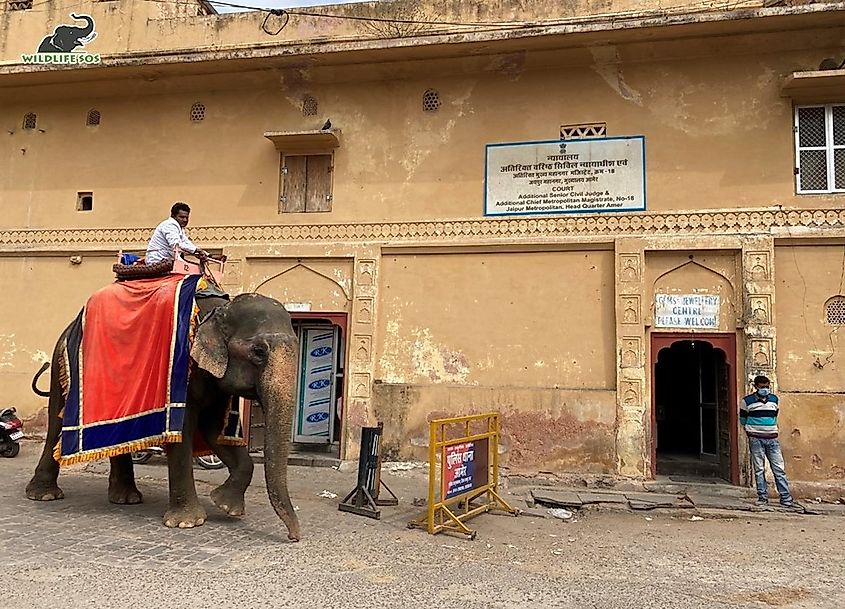
"For many tourists traveling to India, taking an elephant ride tops their bucket-list of must-have experiences. But most people are not aware of the harsh reality behind how elephants are tamed and the horrific abuse they must endure to be trained for giving rides," said Kartick Satyanarayan, the Co-founder and CEO of Wildlife SOS.
Elephant "joyrides" and elephant interactions are most popular in the Indian states of Rajasthan and Kerala. In the former, the rare opportunity of riding a grand elephant to the top of an ancient Indian (Amer fort in Jaipur) fort is all too alluring to avoid. In Kerala, tourists are offered plenty of "elephant attractions" like riding on them, feeding and bathing them, and watching the jumbos being part of vibrant religious ceremonies in temples. Both Rajasthan and Kerala are top states for tourism in the country with foreign and local tourists flocking to these states in significant numbers. Elephant tourism thus flourishes here.
But where do these elephants come from in the first place? Satyanarayan provides us an answer and you might not like to know it:
"Elephant calves are captured from the wild, tearing them away from their mother and herd, kept in isolation and mercilessly beaten until they become submissive, fearing the pain that their master is capable of inflicting upon them. This cruel practice is called phajaan, or “breaking of the spirit. After they are deemed “tame” enough to do what people tell them, these elephants are sentenced to a lifetime of misery and torture giving joyrides to tourists," he said.
Thus, it is not just a dreary childhood, the entire life of a tourist elephant is a story of great suffering. According to a 2018 report by the Animal Welfare Board of India, nearly one-third of the elephants used for rides in Jaipur are over 50 years old, 20% of them are blind, 100% of them suffer from foot problems (cracks, deformation, etc.), and they have to bear around 880 pounds of weight (saddle and three riders) per ride.
"The majority of the elephants that are commercially exploited are blind, lame, elderly and sick elephants who are forced to take tourists on their backs on scorching hot surfaces," said Satyanarayan.
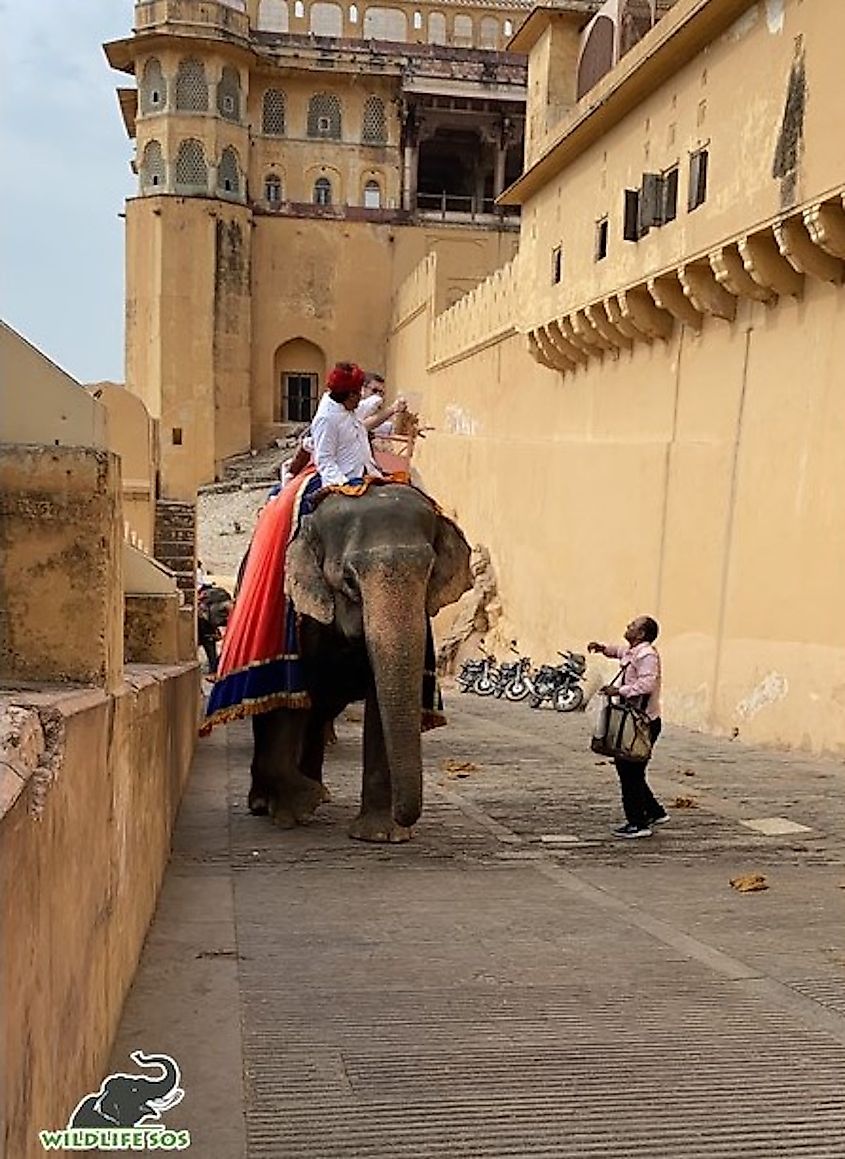
As per Wildlife SOS, the elephants in the South of India like Kerala used for both joyrides and for religious purposes in temples are no better off. The temple elephants are subjected to a dismal daily routine of walking on unnatural stone surfaces of the temple grounds and feeding on sweets offered to them by devotees. Satyanarayan narrates some of the wrongs inflicted on these voiceless animals:
"Festering sores and bleeding abscesses on these elephants are bandaged up with vibrant garb, wounds and scars are masked with grease or paint, and the elephants are prodded with sharp spikes and bullhooks carefully camouflaged as harmless bamboo sticks. Heavy metal chains cut through them to restrict their movement. Moreover, captive elephants are routinely denied nutritious food, clean water, and even basic veterinary care. Since elephants, much like humans are social animals, this isolation has a grave impact on them psychologically, and they show signs of mental distress through stereotypic behavior such as head-bobbing, swaying, etc.," he said.
"This abuse continues into the training of these elephants, and even to this day, thousands of elephants across India are beaten, tortured, overworked and starved as they continue to toil for their owners who exploit them to reel out profits," Satyanarayan continued.
The Lockdowns Brings Temporary Relief But A New Threat
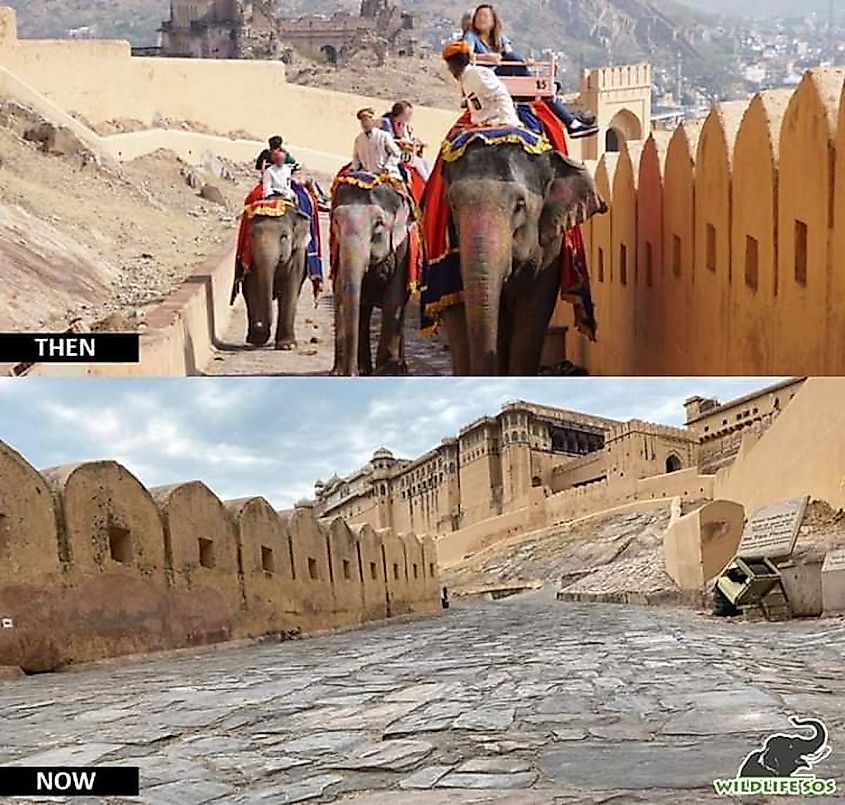
As we all know, the current lockdowns due to the COVID-19 pandemic have severely damaged the global tourism industry. Things have been no different in India. However, the lockdowns also bring a temporary phase of relief to the elephants used in tourism. No longer are they subjected to grueling and monotonous daily routines meant to please the tourists. But the situation has also ushered in a new threat as explained by Satyanarayan:
"While the elephants have been temporarily freed from the shackles of unethical wildlife tourism, there is another uncertainty that lurks around their future. Lack of steady income flow for the elephant owners coupled with limited resources of sustenance and veterinary care is also impacting the elephants’ survival. While in India, the state governments are making necessary arrangements by providing monetary support to elephant owners, the situation in countries like Thailand remains grim and filled with uncertainties. These troubled times call for the world to unite and speak for the voiceless, by encouraging responsible tourism," said Satyanarayan.
What Can You Do To Help These Elephants?
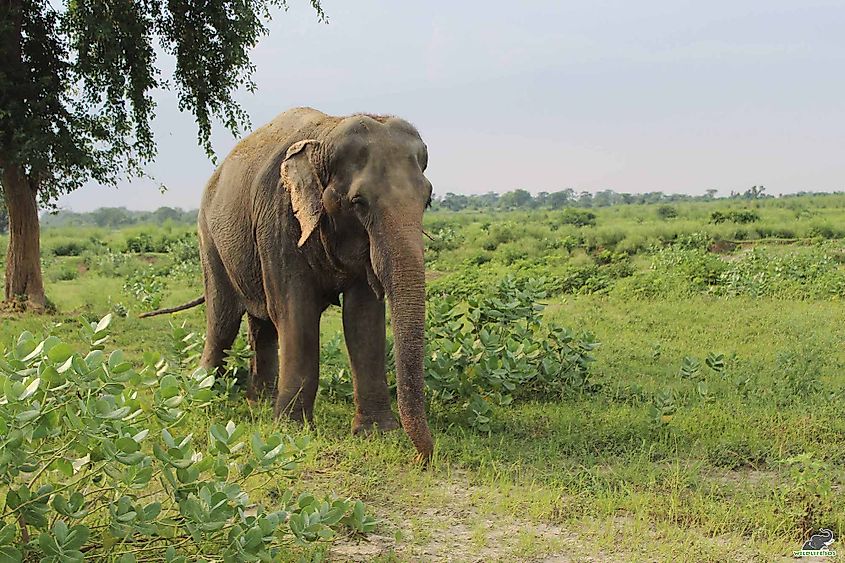
Very simple. Just refuse to ride them.
Other than that you must gather as much information as possible, share your knowledge with friends, family, and colleagues about why elephant rides must be avoided, write to the concerned authorities to discourage elephant tourism, and support only ethical tourism attractions like those offered in national parks, sanctuaries, reputable conservation centers, etc. To learn more, you can visit Refuse to Ride, a campaign started in 2018 by Wildlife SOS to discourage unethical elephant tourism.
"Awareness is key to curbing such practices as not everyone is aware of the dark truth behind making an elephant rideable. A tourist often does not realize the ill-effects of indulging in these exploitative elephant experiences. By normalizing and supporting the captivity of elephants, a tourist also unknowingly hampers the on-ground conservation efforts to maintain a healthy elephant population in the wild. These elephants even after rehabilitation cannot be released into the wild again as they never learned the important survival skills from their herd," informed Satyanarayan.
"Our objective is to promote responsible tourism, so tourists are empowered with knowledge. If one sees the cruel and painful training that goes into making the animal rideable, I don’t think anyone will want to ride an elephant ever again!" he continued. He also enlists the below points to remember as responsible tourists who can help in the conservation and protection of elephants:
- Say NO to elephant rides and avoid visiting places that offer interactions with elephants in unprotected conditions.
- Educate and sensitize yourself about conservation issues and understand why a thriving biodiversity matters.
- Support recognized organizations that work for wildlife conservation and protection.
- Express your voice against atrocities that elephants face in the wild as well as in captivity.
A Happy Ending
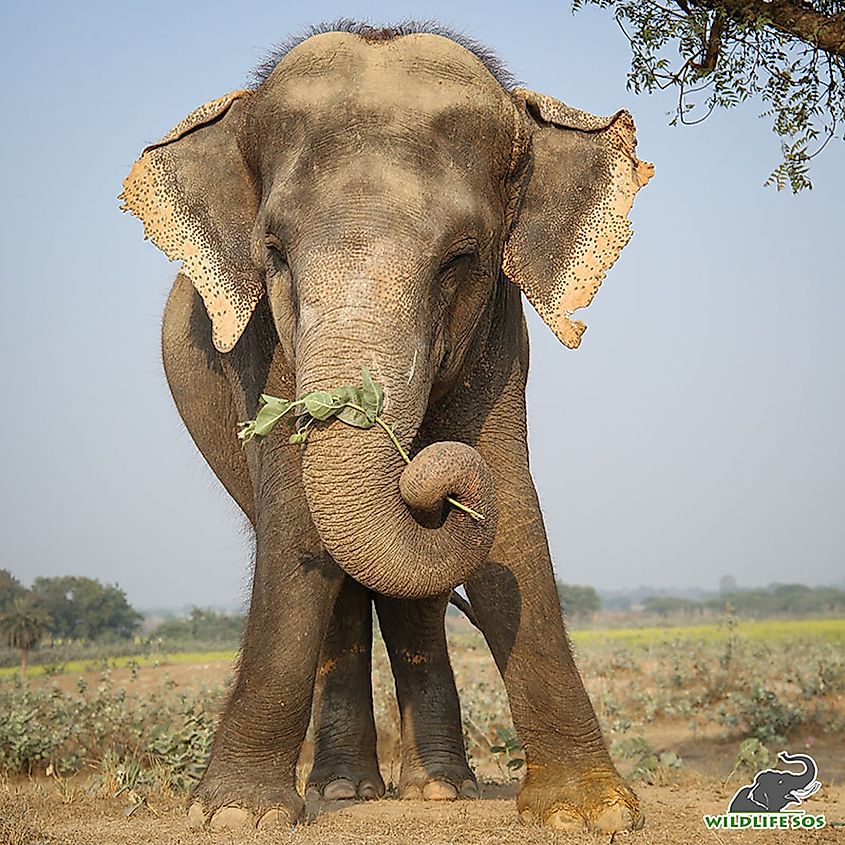
Asha spent most of her life as a riding elephant at Jaipur's Amer Fort where she was forced to trudge up steep stone paths ferrying tourists back and forth. Injured and incapacitated due to years of abuse, she was then sold as a begging elephant and for performing at weddings and other parties. She was smuggled to another Indian city, Indore, without any valid documents to an owner who did not provide her with the care she needed.
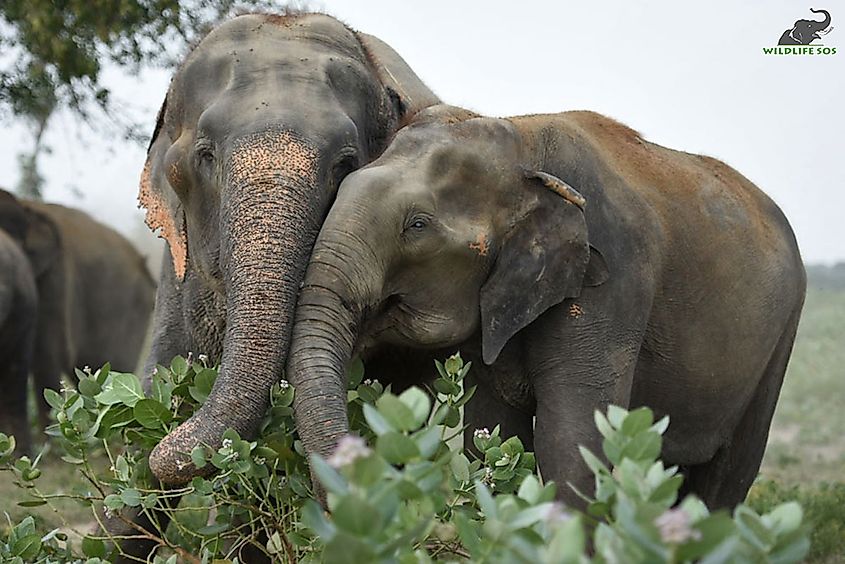
When Wildlife SOS rescued her, she was weak and had a body pockmarked with abscesses from sleeping on paved roads. Her feet were in deplorable condition with overgrown toenails and thin footpads. However, under the dedicated care and love of the veterinarians and caregivers at Wildlife SOS, Asha gradually recovered. Today, standing close to her dearest friend, Suzy, who suffers from complete loss of sight, Asha has nothing but love to give as her guiding light.











